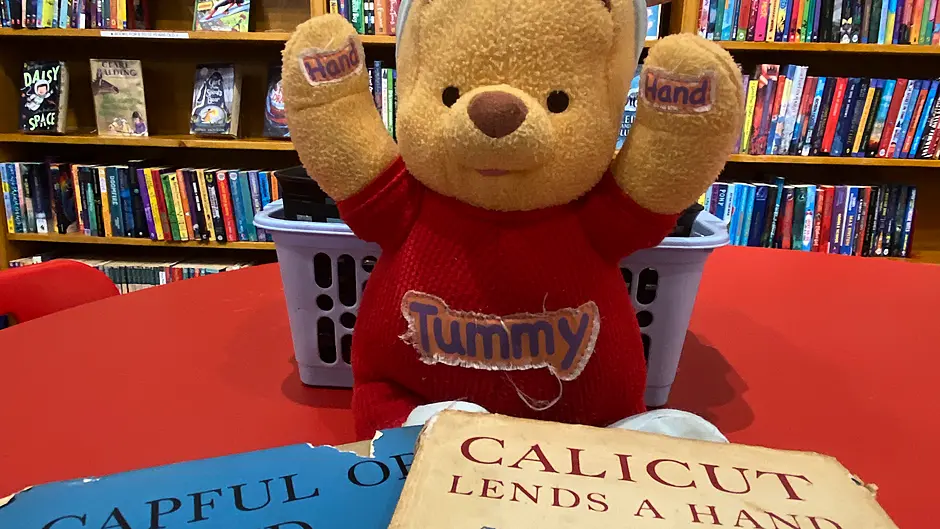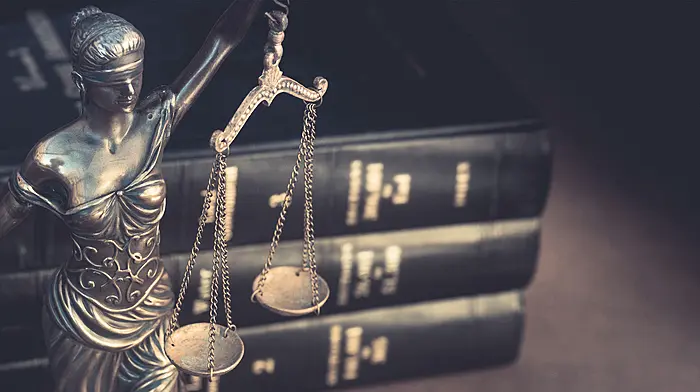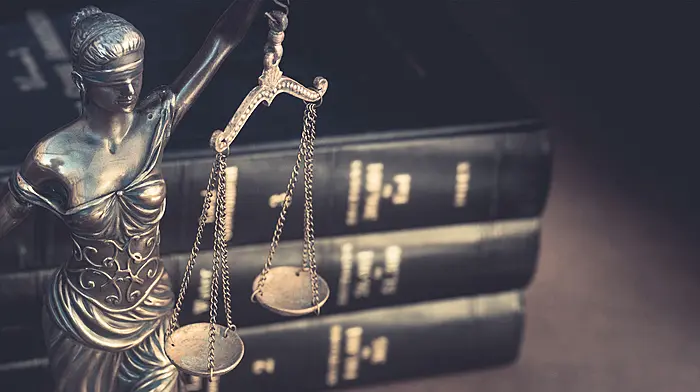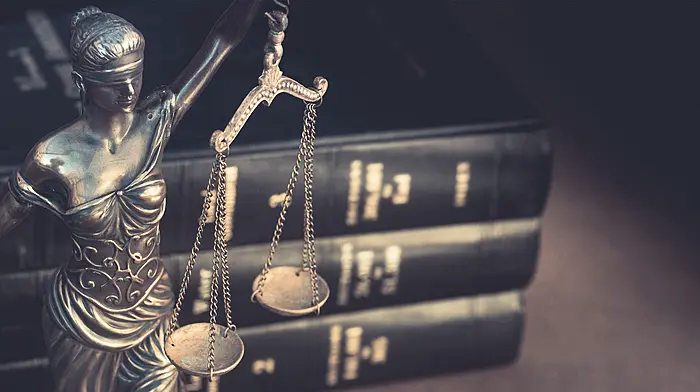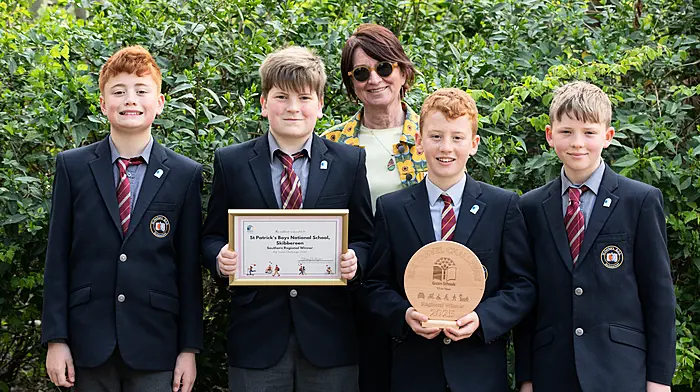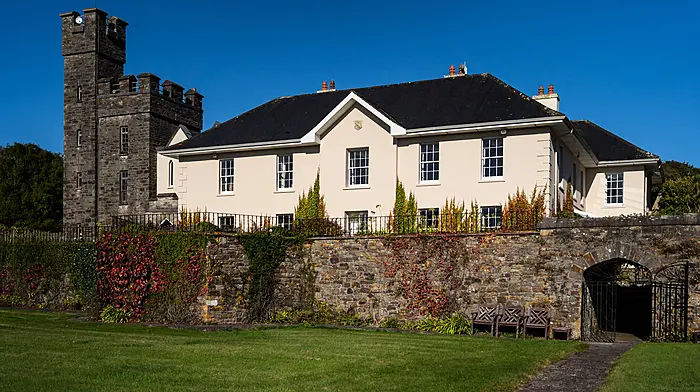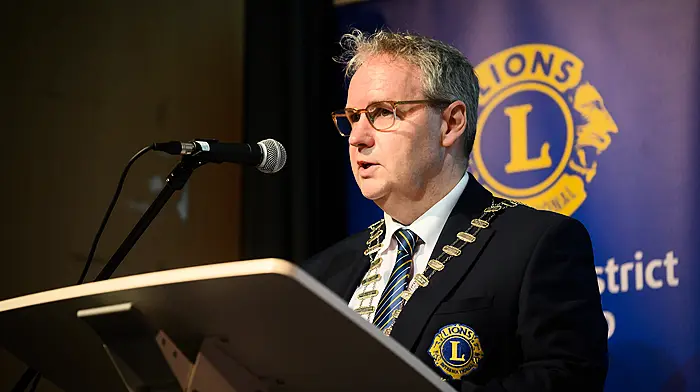After stumbling upon an unusual grave in her local town, historian Michelle O’Mahony, researched its origins and what she found was a link to one of the literary world’s most enduring characters, and lots more, besides.
THE phrase six degrees of separation refers to how connected we all really are.
In other words, someone always knows someone who in turn knows someone famous.
In relation to my native Dunmanway, I am beginning to think that this phrase has far more than a grain of truth in it.
Dunmanway punches above its weight in terms of the number of celebrities whose ancestral origins stem from this small West Cork town.
Notably Sam Maguire, the astronauts Michael Collins and Eileen Collins (astronaut), megastar singer Billie Eilish, and a few others.
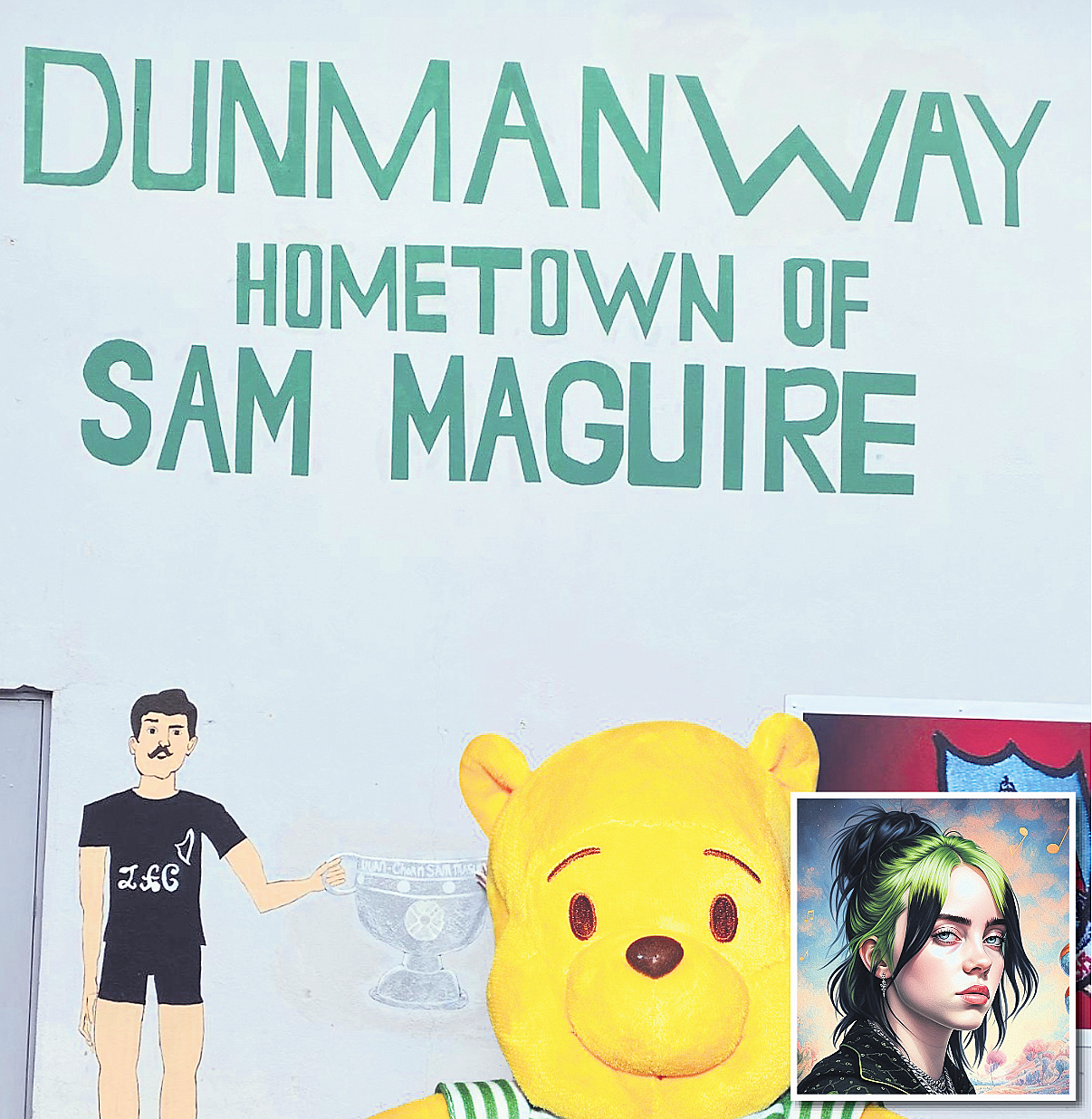 Dunmanway can lay claim to Sam Maguire, Billie Eilish (inset) and now Winnie the Pooh.
Dunmanway can lay claim to Sam Maguire, Billie Eilish (inset) and now Winnie the Pooh.
But my latest discovery has been intriguing, to say the least – finding out that one of the world’s favourite book characters, Christopher Robin of Winnie the Pooh, had very strong links to Dunmanway.
Nestled in the heart of West Cork, in St Joseph’s cemetery, is the final resting place of brother, Guy and Geoffrey de Selincourt, the uncles of Christopher Robin.
As a young child I visited my grandparents’ plots at St Joseph’s cemetery in the early 1980s.
This was my first introduction to the aesthetically different memorials to these two men. They reminded me of rectangular styled pyramids. My curiosity peaked in recent years as I unfortunately had to spend more time in St Joseph’s, visiting more family members’ graves.
Walking past, I decided to try and decipher the inscriptions. Faded in time and illegible to the naked eye, it was time for the historian’s trick to reading headstones – pour a little water onto the inscriptions and the writing becomes clearer. I took the photo of the text and conducted some research.
Low and behold, it was my own ‘hundred-acre wood’. There it was – two uncles of Christopher Robin.
These were two of Dorothy Milne’s siblings (aka Dorothy de Selincourt, also known as Daphne). Dorothy was the wife of Alan Alexander Milne (AA Milne), playwright, but most famous as the author of the Winnie the Pooh stories.
I was instantly reminded of Winnie the Pooh’s voice, as he looked down a rabbit hole and called out ‘Is there anybody there?’ or better yet, ‘It looks like I found them!’ Found them indeed! But then the next question – why Dunmanway, and who are the de Selincourt family?
 The unusual gravestone at St Joseph’s Cemetery which piqued Michelle’s curiosity and led her to discovering the town’s links to Winnie the Pooh.
The unusual gravestone at St Joseph’s Cemetery which piqued Michelle’s curiosity and led her to discovering the town’s links to Winnie the Pooh.
Well, AA Milne married Dorothy in 1913, and they welcomed their son, Christopher Robin Milne, in 1920. Christopher was later immortalised in his father’s writings as the boy who befriends Pooh Bear.
Milne was a pacifist at heart, though he served in WWI and was sent to the Somme. He later served in WWII in the Home Guard. He was born on January 18th 1882 (now known as Winne the Pooh Day) in Kilburn, London. An area all too familiar with the Irish emigrant communities from the 1950s to the 1980s.
Milne’s father had a small public school, Henley House, (known today as Remsted House) with about a dozen or so students. But it had another famous author as a science teacher – HG Wells, author of War of the Worlds, also a fellow pacifist and who was a friend of the Milne’s. Ernest de Selincourt was an uncle to Guy, Geoffrey and Dorothy (Milne) and is most famous for his work on William and Dorothy Wordsworth as professor of poetry in Oxford. Early in his career at Kings College London he taught Virginia Woolf.
Several of the De Selincourt siblings were involved in many famous theatres of WWI – Somme, Gallipoli and Germany. Aubrey (another brother) was interned in a prisoner of war camp in Germany towards the end of WWI having been shot down by Werner Voss – the flying ace of WWI. Aubrey was another author, also was quite famous in his own right. He was a classical scholar and translated many famous literary works into English, including The Life of Alexander the Great, and Herodotus. He married Irene Rutherford McLeod – another famous poet and writer. Irene wrote novels and plays about the suffragette movement. Aubrey and Irene’s daughter Lesley later married her cousin, Christopher Robin.
Guy, born in 1902, was an illustrator and a well-known artist in his own right. He often did the illustrations for Aubrey’s writings and books – some of his paintings can be found online. He most likely retired to Dunmanway to join his brother and his brother’s artistic friends, the Pain family. They are also buried in the plot in Dunmanway. Their artwork, together with some of Geoffrey’s art, was mentioned in art auction houses. It appears that the Pains and Geoffrey knew each other and had travelled around the world together. One mention of Geoffrey in an auction house describes him as a yogi who travelled to India and around the world.
It also claims the Pains were eccentric and had a caravan which they called the ‘Trojan Horse’. It mentions the couple and Geoffrey parted ways after a Cyprus trip – but states his place of death is unknown!
Yet in reality it appears they all ended their days retired in Dunmanway. The same article claims Geoffrey fell out of favour with some family members as he refused to enter the family business, preferring to focus on art. It also claims his father Martin was a director of Bourne & Hollingsworth – London a department store which opened in the late 1890s and by the early 20th century had moved to Oxford Street, though I haven’t been able to verify his directorship.
However, their father, Martin de Selincourt, owned a premises in London – Swan & Edgar. Today, Swan & Edgar is a high-end retail establishment, more famous today for its unique watches. I am awaiting further information in relation to this connection.
The Swan & Edgar building is an iconic landmark in London between Regent Street and Piccadilly Circus. Swan and Edgar was founded by its namesakes’ but sometime later Martin acquired the business.
According to research Martin was director of the family couturier business which appears to have been taken over by Debenhams in about 1928, after which he became chairman of the Debenham Trust and of Swan & Edgar. He was also the first chairman of the Geographical Magazine.
The De Selincourt business focused on silks, cloaks and mantles (coats) and other attire. Martin’s father Charles Alexandre de Selincourt and Charles Colman seem to have established the business. This research seems to have layer upon layer of interesting finds.
To think that a discovery of the long-lost uncles of Christopher Robin has taken me on an investigative quest to the very heart of literature, including Wordsworth and a famous department store in London.
Even the De Selincourt ladies are mentioned in the Annals and Transactions of the British Homeopathic Society and were instrumental in assisting with events. The family, according to online sources, were big supporters and advocates of homeopathic medicine. Even AA Milne mentions homeopathy in his 1912 book The Holiday Round. Isn’t it amazing what stories appear once the surface is scratched, the inscriptions deciphered and a little research conducted?
In my forthcoming talk I hope to include a few stories from some of the older residents in Dunmanway who remember both Guy and Geoffrey and there may be a few ‘tall’ tales, that reference their height, unusual at the time in the West Cork town.
• Dunmanway Historical Association will be hosting Michelle O’Mahony on Thursday, February 6th at 7.30pm at Dunmanway GAA Pavilion for a talk on all aspects of her research into this discovery. The talk entitled Uncovering Christopher Robin’s Long-Lost Uncle – A Story of History, Art, Literature, Emotion and Enjoyment.
Michelle O’Mahony, of OM History Consultant, is a historian and author.

